What is the tolerance range of precision screws?
What is the tolerance range of precision screws?
Service Hotline
+86760-8787 8587We have more than ten years of production experience in the screw industry. The main products are: long sleeve iron round nuts, hand tightening screws, extended screw GB9010, American standard screws, round head slotted screws, external hexagonal three bolts, GB810 small round nuts, hexagonal pressing Rivet standoffs, threaded rod screws, stainless steel adjustable knurled fastening screws, ISO8752 pins, butterfly saddle anti-skid, spring washers standard GB93-90, eye bolts, UNI6364 cylindrical pins and other fasteners, due to product materials and specifications There are different prices, please contact us if necessary.


For a long time, the rivets used in general riveting, especially the ordinary rivets and bolts and other fasteners commonly used in steel structures such as vehicles and bridges, have low connection reliability, especially under alternating load and impact conditions. Looseness is easy to occur, the maintenance cycle is short, and the maintenance cost is high in the later period, which cannot meet the requirements of railway freight.
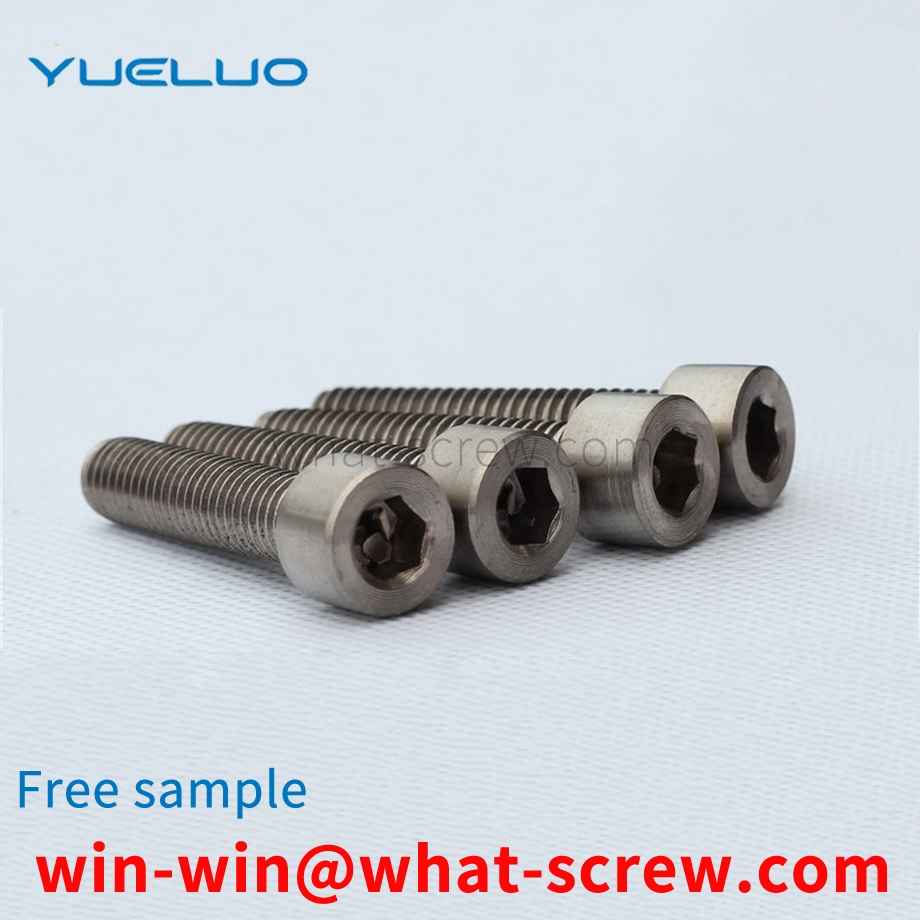
The quality of electroplating is measured primarily by its corrosion resistance, followed by appearance. Corrosion resistance is to imitate the working environment of the product, set it as the test condition, and perform a corrosion test on it. The quality of electroplating products shall be controlled from the following aspects: 1. Appearance: Partial uncoated, scorched, rough, gray, peeling, crusted, and obvious stripes are not allowed on the surface of the product, and pinholes, pitting, and black plating are not allowed. Slag, loose passivation film, cracks, peeling off and serious passivation marks. 2. Coating thickness: The operating life of fasteners in corrosive atmosphere is proportional to its coating thickness. The general recommended thickness of economical electroplating coating is 0.00015in ~ 0.0005in (4 ~ 12um). Hot-dip galvanizing: the standard average thickness is 54 um (43 um for diameter ≤ 3/8), and the minimum thickness is 43 um (37 um for diameter ≤ 3/8). 3. Coating distribution: With different deposition methods, the aggregation method of the coating on the surface of the fastener is also different. During electroplating, the coating metal is not uniformly deposited on the peripheral edge, and a thicker coating is obtained at the corners. In the threaded portion of the fastener, the thickest coating is located on the thread crest, gradually thinning along the flank of the thread, and the thinnest deposit is at the bottom of the thread, while hot dip galvanizing is just the opposite, the thicker coating is deposited on the inside corners and On the bottom of the thread, mechanical plating tends to deposit the same metal as hot-dip plating, but is smoother and has a much more uniform thickness over the entire surface [3]. 4. Hydrogen embrittlement: During the processing and processing of fasteners, especially in the pickling and alkali washing before plating and the subsequent electroplating process, the surface absorbs hydrogen atoms, and the deposited metal coating then traps hydrogen. When the fastener is tightened, the hydrogen is transferred towards the most stressed parts, causing the pressure to build up beyond the strength of the base metal and producing microscopic surface cracks. Hydrogen is particularly active and quickly seeps into the newly formed fissures. This pressure-rupture-penetration cycle continues until the fastener breaks. Usually occurs within a few hours after the first stress application. To eliminate the threat of hydrogen embrittlement, fasteners are heated and baked as soon as possible after plating to allow hydrogen to seep out of the plating, typically at 375-4000F (176-190C) for 3-24 hours. Since mechanical galvanizing is non-electrolyte, this virtually eliminates the threat of hydrogen embrittlement, which exists in galvanizing using electrochemical methods. In addition, due to engineering standards, it is forbidden to hot-dip galvanize fasteners with hardness higher than HRC35 (Imperial Gr8, metric 10.9 and above). Therefore, hydrogen embrittlement rarely occurs in hot-dip plated fasteners. 5. Adhesion: Cut or pry off with a solid tip and considerable pressure. If, in front of the blade tip, the coating peels off in flakes or skins, exposing the base metal, the adhesion shall be considered insufficient.
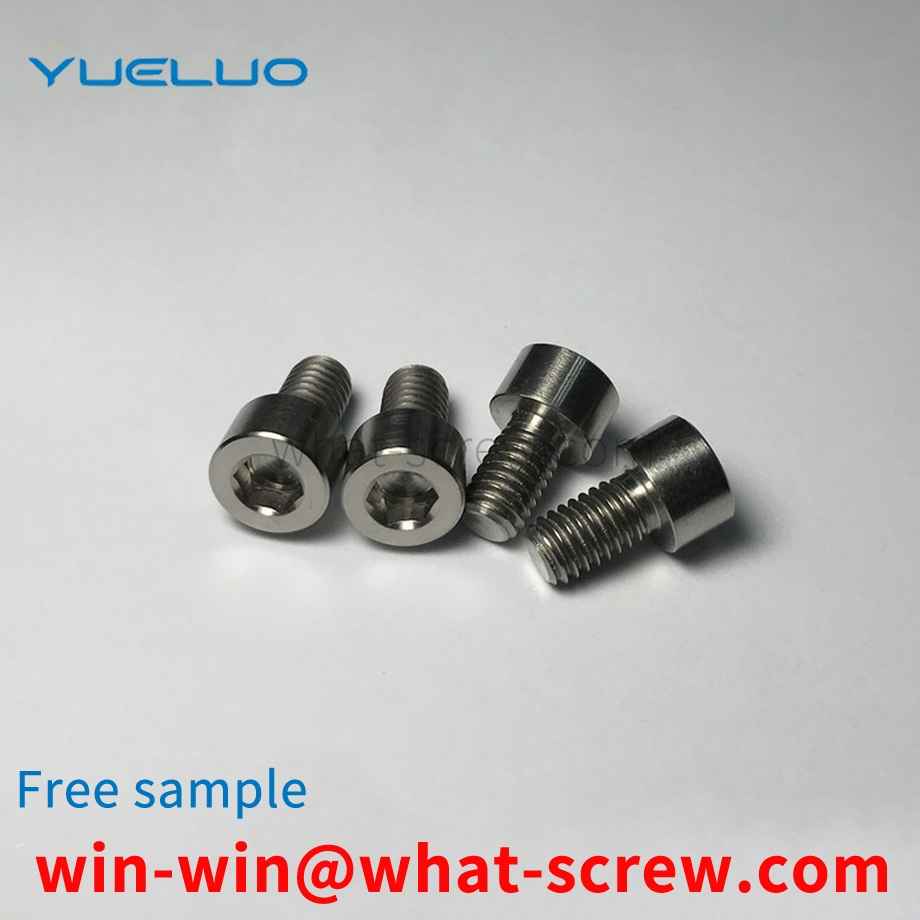
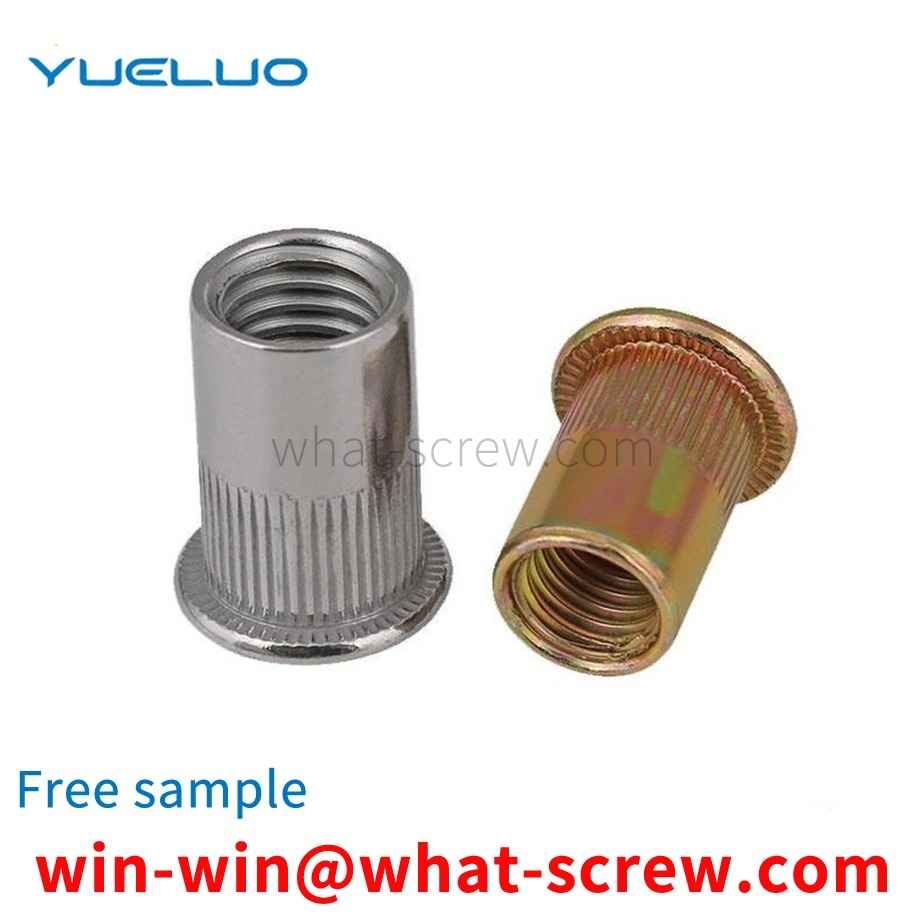
Two combination screws are mostly used for the connection between thin metal plates, and play a connecting role. When connecting, first make a threaded bottom hole for the connected piece, and then screw the combination screw into the threaded bottom hole of the connected piece. Since the threaded surface of the combination screw has high hardness, the inner thread can be tapped in the threaded bottom hole of the connected piece to form a connection.
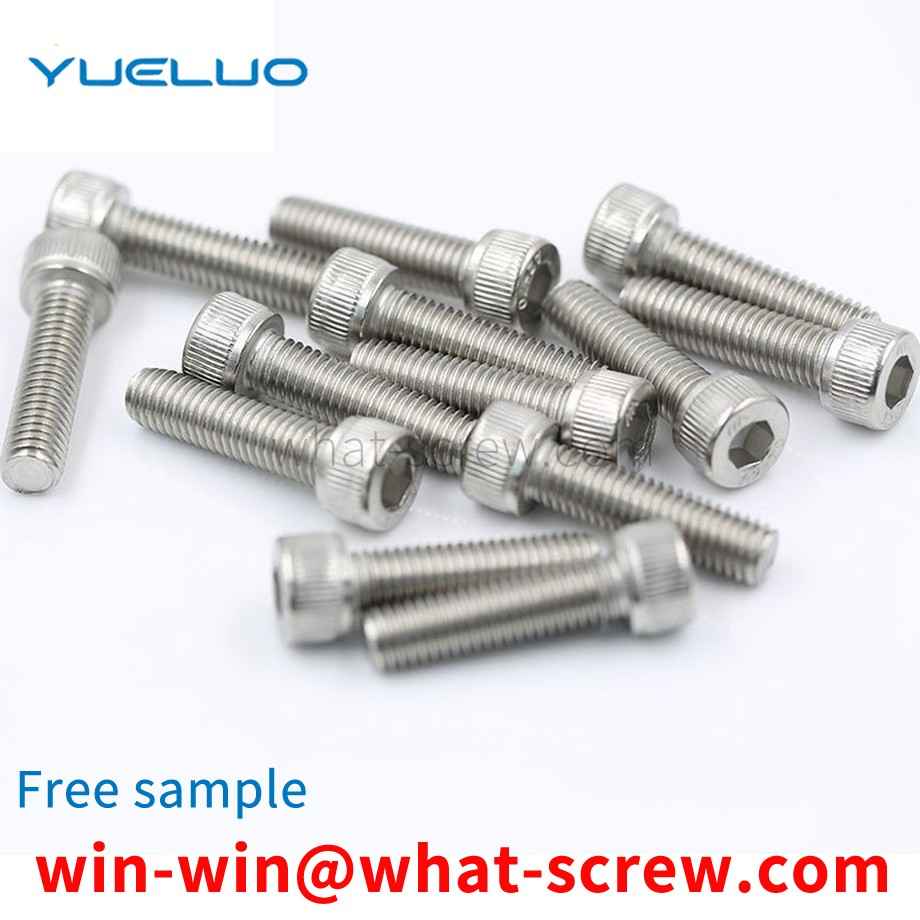
At present, shaft retaining rings are mainly divided into three categories: elastic retaining rings for shafts, flattened wire retaining rings for shafts, and wire retaining rings for shafts. Among them, the spring retaining ring for the shaft is generally installed with circlip pliers, and the flattening wire retaining ring for the shaft and the wire retaining ring for the shaft are generally installed with a sharp screwdriver or needle-nose pliers. The defects and deficiencies of these two methods will be discussed in detail below: First, the above two installation methods require the operator to use a large force to open the retaining ring, which is more laborious; For the installation of the flattened steel wire retaining ring for the shaft and the steel wire retaining ring for the shaft, because the wire retaining ring has low elasticity and has no force point, it is very easy to cause the retaining ring to break or the installation tool to slip during the installation process. Higher skills and experience can be competent for the installation of wire retaining rings.
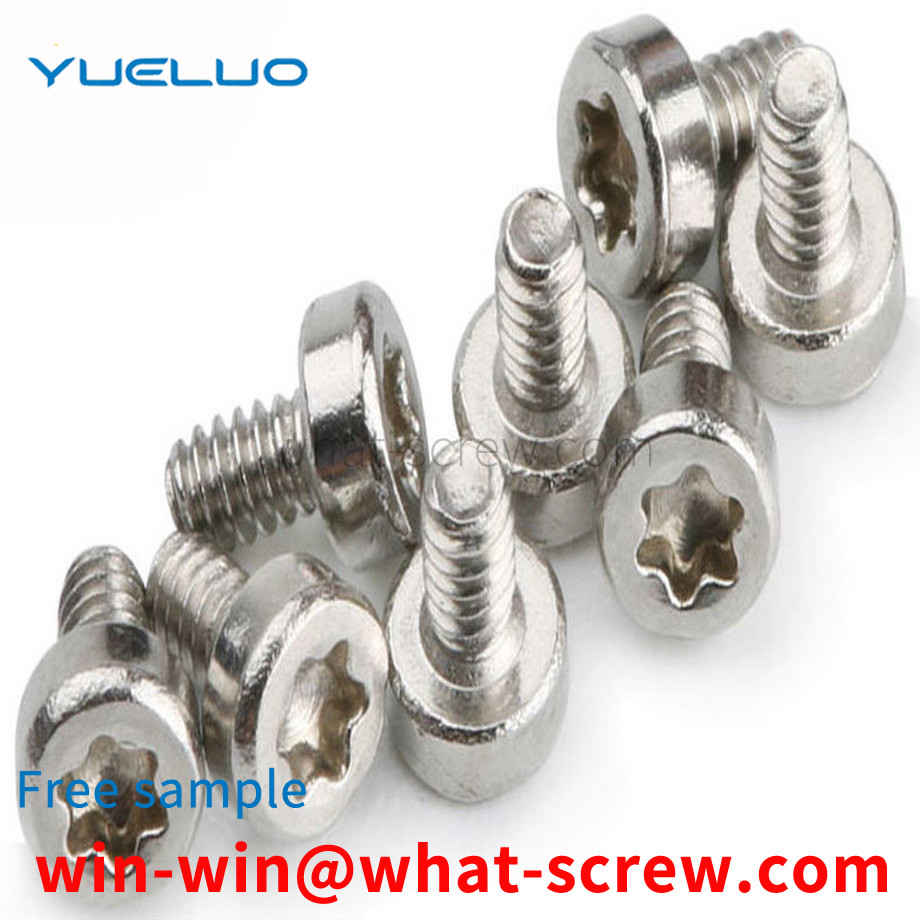
The above content is uploaded by Yueluo or the Internet. If there is any copyright issue, please contact [email protected].

What is the tolerance range of precision screws?

How to choose the right stainless steel screw manufacturer?

Why is there an R angle under the head of the hexagon head s...

We have more than ten years of production experience in the ...

We have more than ten years of experience in the production ...

We have more than ten years of experience in the production ...

We have more than ten years of experience in screw industry ...